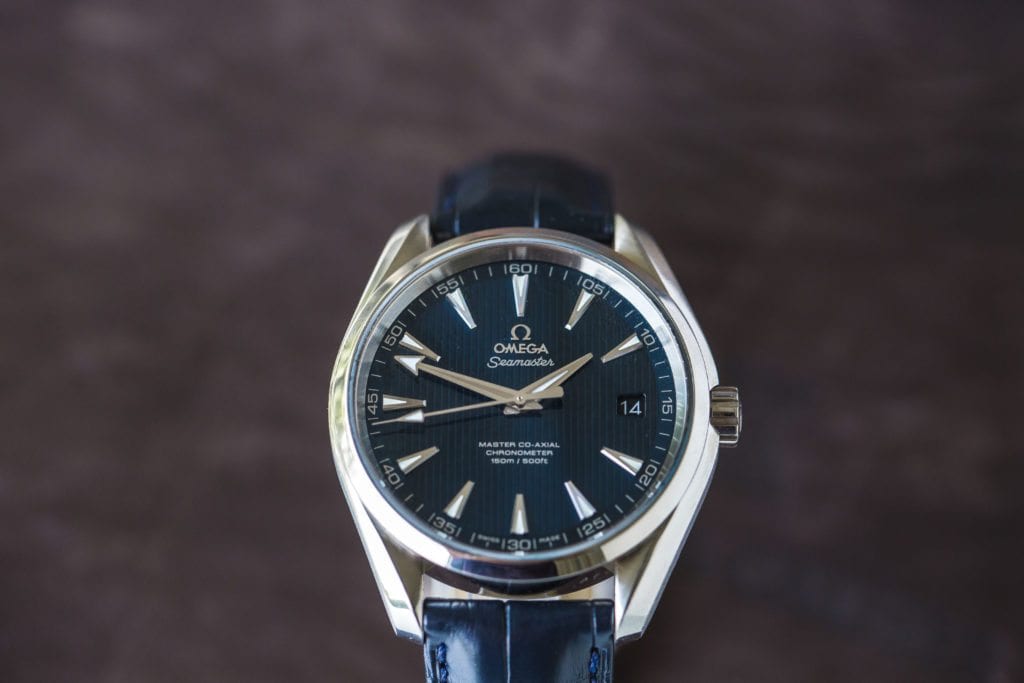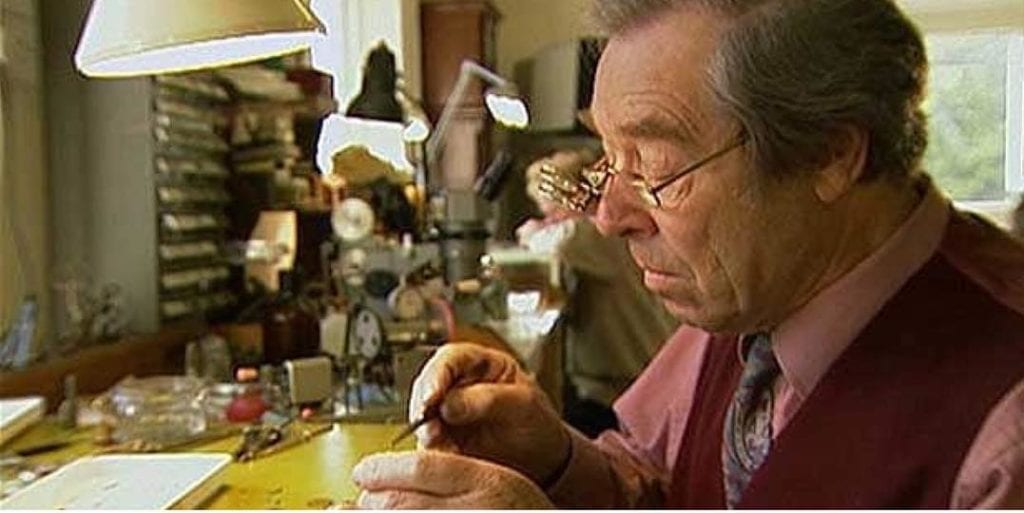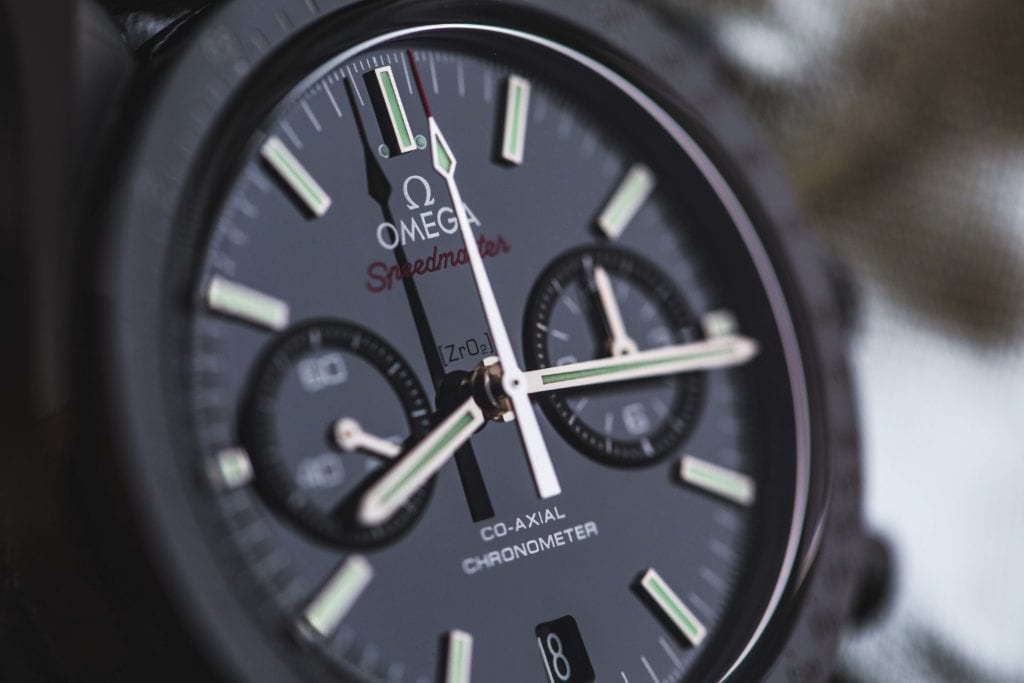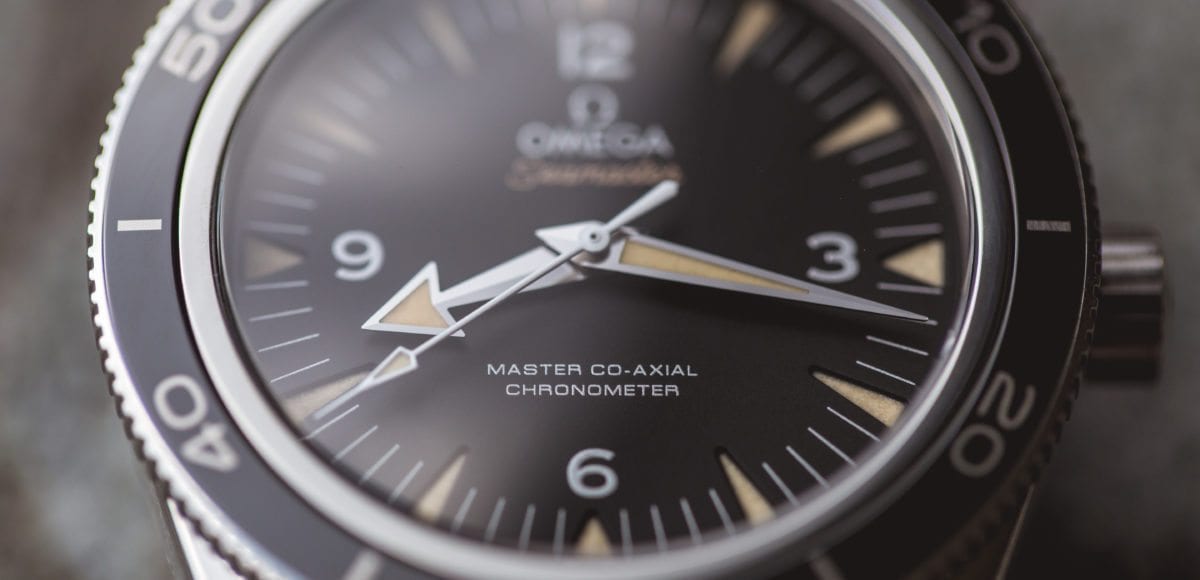The History of the Co-Axial Escapement
The precision mechanics packed into timepieces are pretty amazing. It’s no wonder the language of watches can be complex. If you’re just starting out in the world of watches, understanding the intricacies of a timepiece’s features can be overwhelming. Even if you’re an avid collector, you may not know all the subtle nuances of your watch’s inner workings.

Much of watchmaking as we know it today is rooted in traditional practices that have been around for decades or even centuries. But here, we’re going to explore one of the most revolutionary advancements in modern watchmaking. The co-axial escapement. It was invented in 1974 and patented in 1980 and was the first practical new watch movement in over 250 years. And, since its creation, chronometers that use this technology are able to achieve levels of performance that were previously unimaginable for series-production mechanical watches. The innovation of the co-axial escapement is without question one of the most significant developments in the history of mechanical watchmaking.
English master watchmaker George Daniels invented the co-axial escapement. He passed away in 2011 at the age of 85. However, Daniels is considered one of the greatest horologists of the 20th century.

What is a Co-Axial?
A co-axial, in the most basic terms, is an escapement mechanism. The escapement is one of the most crucial parts of a watch. It’s like the heart of the movement. But, more specifically, the escapement determines the speed at which the energy releases from the mainspring. It functions in conjunction with the oscillator, giving impulses to power it.

A graphic of a co-axial
Daniels modified the lever escapement to develop the co-axial escapement. For reference, Thomas Mudge invented the lever escapement about 250 years prior. The co-axial functions with a system of three pallets that separate the locking function from the impulse. And, instead of sliding friction, it uses radial friction at the impulse surfaces. Because this significantly reduces the sliding friction of the pallet stones over the teeth of the escape wheel, it eliminates the need to lubricate the pallets. The result is greater accuracy over time as well as a reduced need to have the watch serviced as frequently.
Getting Buy-In from the Brands
Daniels made numerous attempts to present drawings of his invention to various watch brands to no avail. When he created the co-axial in 1974, the watch industry was in the midst of the quartz crisis. The general consensus was that quartz would be the future of watchmaking. By 1975, Daniels decided to hand-produce his own components to fit his escapement into his own Omega Speedmaster. Still, even with a concept watch to present to brands, Daniels would not find support for his creation until nearly two decades later.

In the early 1990’s, Daniel’s hard work and relentless efforts finally paid off. Omega decided to help him develop and industrialize his co-axial escapement. The first watch to feature the co-axial didn’t debut until 1999. It was the Omega De Ville with a caliber 2500 movement. Since then, Omega has incorporated the co-axial escapement into almost all of its timepieces.
Get More Articles Like This in Your Inbox
We're constantly creating great content like this. So, why not get it delivered directly to your inbox? By subscribing you agree to our Privacy Policy but you can unsubscribe at any time.






